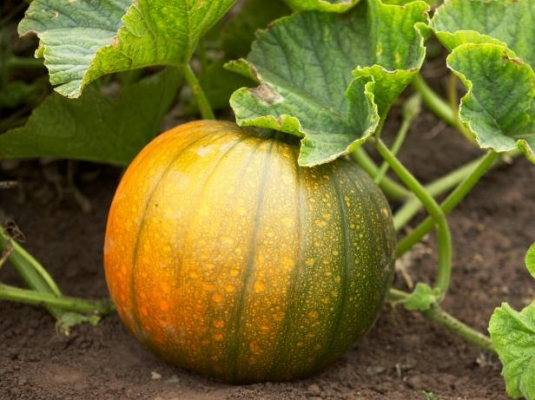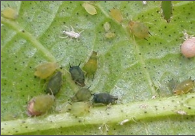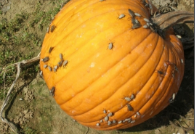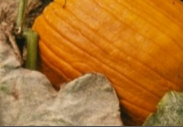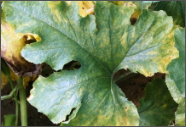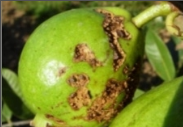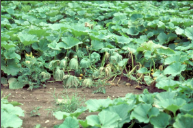Arka Suryamukhi: It has round flat fruits, which has an average weight of 1kg. Fruits turn deep purple at maturity. Brown color stripes are seen on fruits and shining purple from inside. The variety is resistant to fruit fly pest. It gives an average yield of 96qtl/acre. The variety matures in 100-105 days.
Arka Chandan: This variety has an average weight of 2.5-3.5gm. Fruits are round in shape which is light purple in color and brown spots are seen at the time of maturity. The internal color of fruit is shining purple in color. The variety matures in 90-100 days.
Pusa Vikas: Released by IARI, New Delhi. It has small fruits which are flat in shape. Fruits have yellow color flesh and the average weight is 2kg per fruit. The variety is suitable for growing in north regions in February to June month. It gives an average yield of 120qtl/acre.
Other state varieties:
CO 2: Released in 1974. The average weight of each fruit is 1.5-2kg. The fruit contains orange color flesh. It gives an average yield of 100qtl/acre. The variety gets mature in 135 days.
CO1, ArkaSuryamukhi, PusaViswesh, TCR 011, Ambilli and ArkaChandan are the important varieties of Pumpkin.

